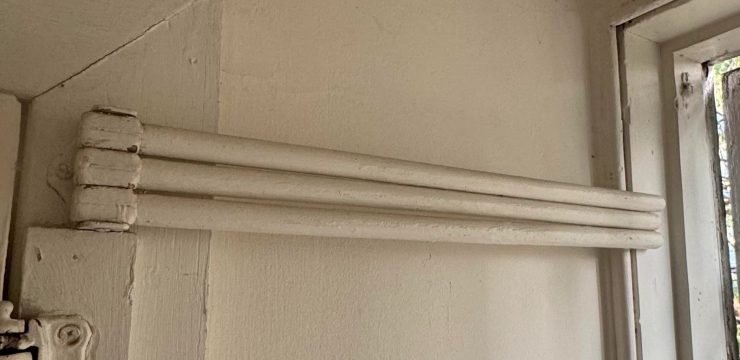The position you choose to sleep in each night might not seem like a big deal, but it can have a surprisingly significant impact on your overall health—and sleeping on your left side, in particular, is gaining attention for its many potential benefits. Although many of us never give a second thought to how we sleep, research suggests that curling up on your left side could actually support better brain function, improve digestion, and help your body flush out waste more efficiently through the glymphatic system. Let’s start with how sleeping on the left side may benefit the brain.

The glymphatic system is the brain’s own cleaning network, responsible for flushing out toxins and metabolic waste while you sleep. Scientists have discovered that this waste removal process is more efficient when you lie on your left side. By aiding in the clearance of harmful substances from the brain, left-side sleeping may reduce the long-term risk of developing neurological disorders such as Alzheimer’s disease or dementia.
Essentially, this simple position could help your brain function better and stay healthier as you age. But the benefits of sleeping on your left side don’t stop at your head—they extend to your digestive system, too. Because your stomach and pancreas are both located on the left side of your body, sleeping in this position can support the natural flow of digestive juices and enzymes. This means your body is better able to process food and prevent uncomfortable symptoms like acid reflux and heartburn. In fact, many people who suffer from gastrointestinal issues, such as irritable bowel syndrome (IBS), have found that sleeping on their left side helps ease discomfort and promotes a smoother digestion process throughout the night. Beyond aiding digestion and brain health, sleeping on the left side can also benefit circulation and improve respiratory function.
By taking pressure off key blood vessels—especially the inferior vena cava, which carries blood from the lower body back to the heart—this position allows for better overall blood flow. That can be helpful for cardiovascular health and might even reduce the risk of hypertension and stroke. Additionally, sleeping on your left side can help keep your airways open, which may reduce snoring and make breathing easier, particularly for people who suffer from sleep apnea. A quieter night for you often means a better night’s rest for your bed partner as well. While all of this sounds great, it’s important to remember that sleep comfort and personal preference still matter. Not everyone finds sleeping on their left side comfortable, especially those with shoulder or hip pain, or people who simply find themselves naturally gravitating to another position.
The most important factor in getting good sleep is making sure you’re comfortable and able to sleep through the night without frequent interruptions. That being said, if you’re open to trying something new that might help support your overall health, giving left-side sleeping a try could be worth it. As with any health habit, consistency is key—so if it feels a little odd at first, don’t give up after just one night. Over time, your body may adjust, and the benefits could become more noticeable. In summary, sleeping on the left side can offer multiple benefits that positively affect your health and well-being. From promoting efficient brain detoxification and easing digestion to supporting better blood flow and reducing snoring, this simple shift in your sleeping habits may be one of the easiest ways to invest in your long-term health. Of course, it’s not a one-size-fits-all solution, and the best sleep position is always the one that helps you rest soundly and wake up refreshed. But if you’re looking to make a small change with big potential payoffs, left-side sleeping might just be the move that helps you rest better and feel better. So next time you’re settling into bed, try rolling onto your left side—you could be doing your body and brain a major favor.





